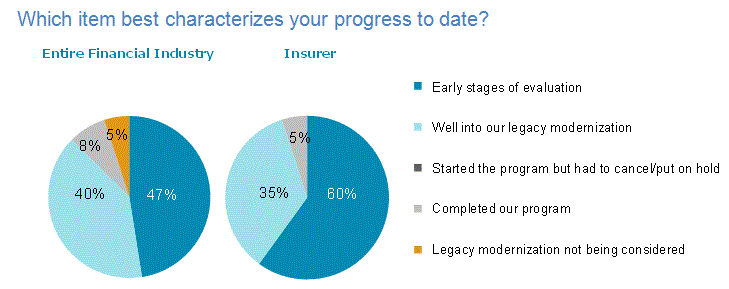Legacy Modernization in Japan’s Insurance Industry, Part 1: Survey Analysis and Status Update
Abstract
This report draws on a 2015 Celent survey on legacy modernization. More than 60 firms including banks, insurers, brokers, and asset management firms participated. This two-part report is an extension of this work that narrows the focus to the insurance sector.

This report sheds light on the state of core business systems and core system modernization, the outlook for the future, and industry challenges.
The report examines the following areas:
- State of legacy system modernization and replacement strategies
- Industry consideration of new solutions to modernization (SaaS and BPO).
- The most significant challenges.
- The role of business cases.
- Modernization-driven changes in the roles of business and IT units.

“Belief is weak that legacy modernization — that is to say, the modernization of core systems — can lead to a more robust industry,” says Eiichiro Yanagawa, a senior analyst with Celent’s Asian Financial Services practice and author of the report. “Rather, insurers fear altering existing processes designed to engender innovation in past products and services and also the costs and risks of changes to department units and their functions.”
This report provides an overview and summary of the survey results.
Part 2 offers policy prescriptions and proposals for industry players.
This report contains 28 figures.

